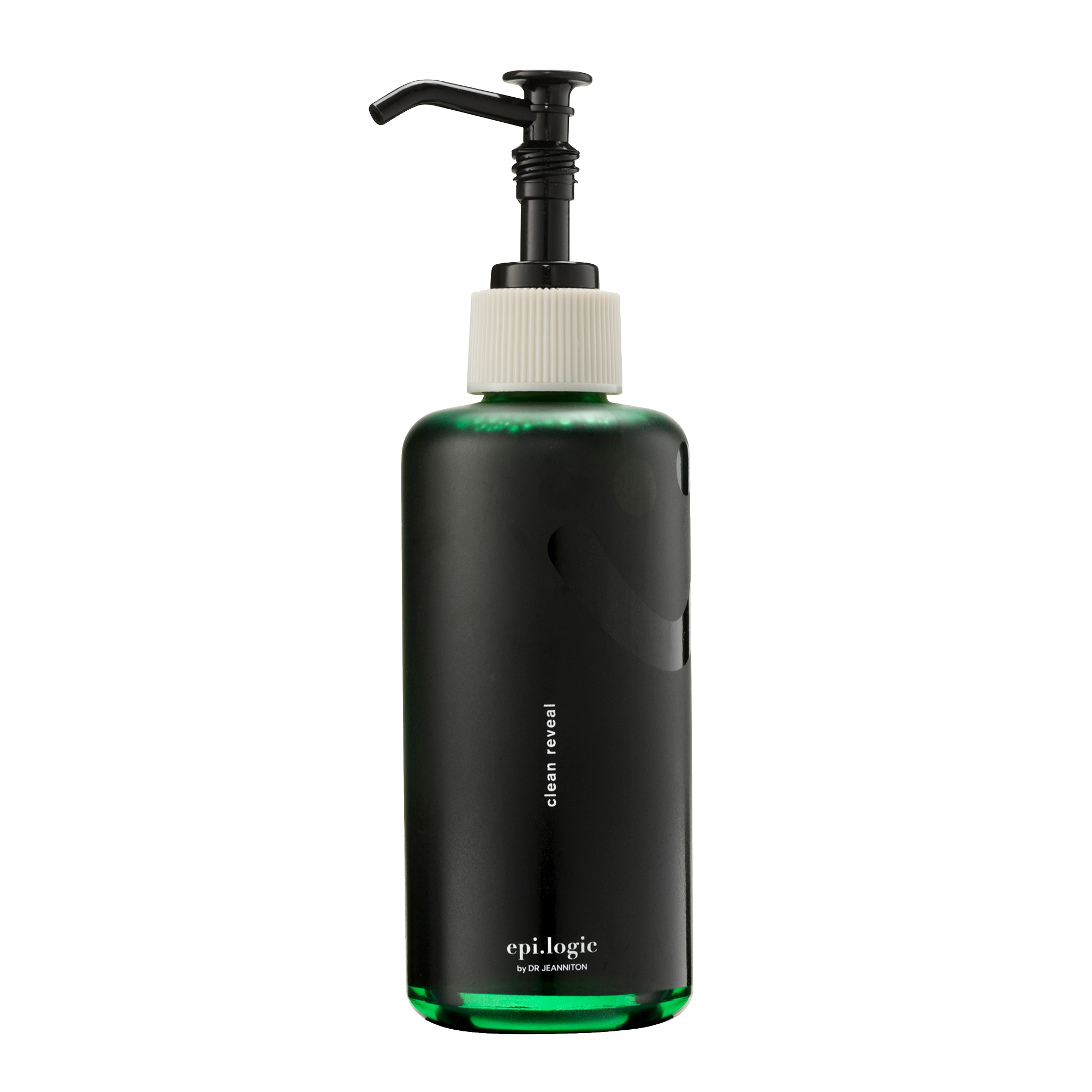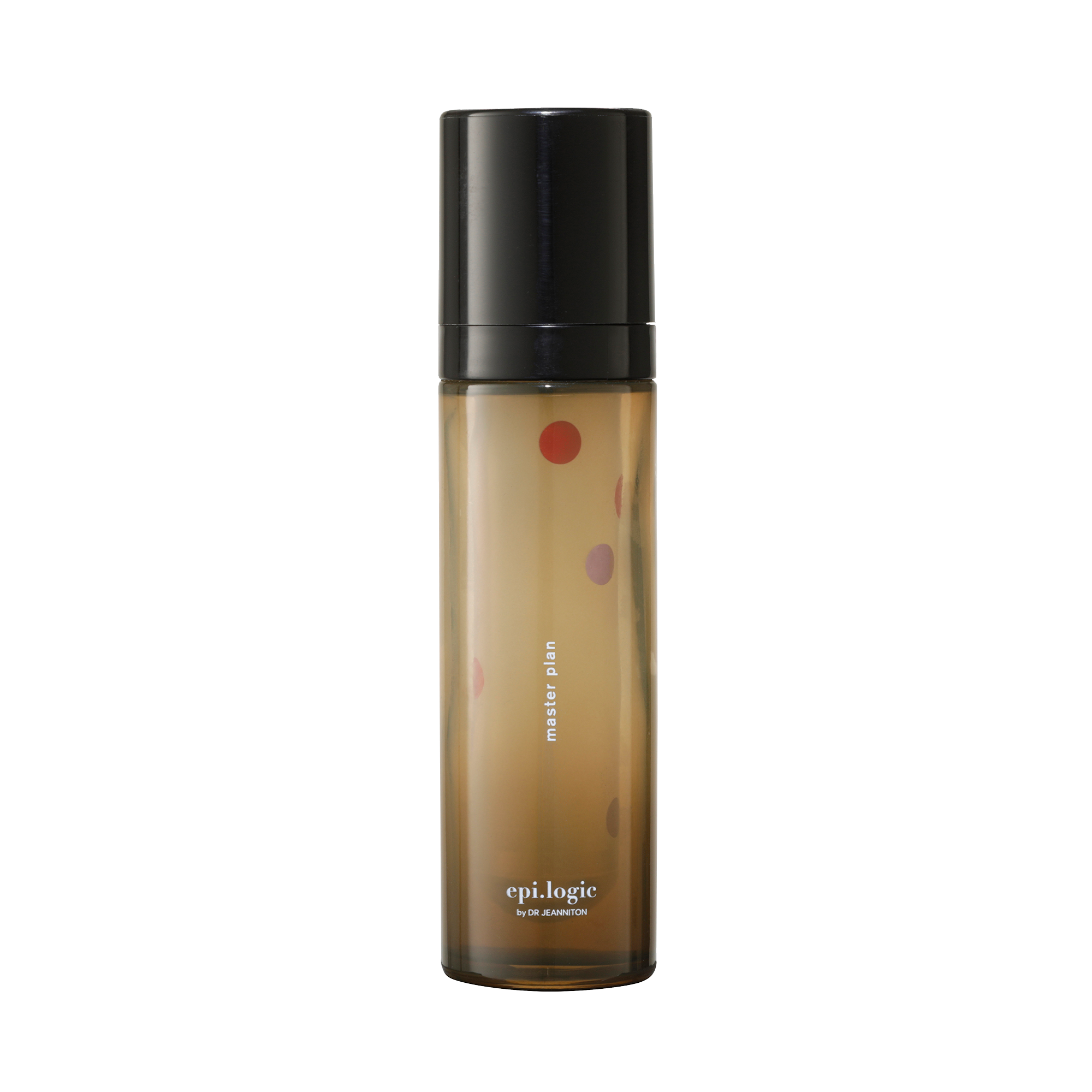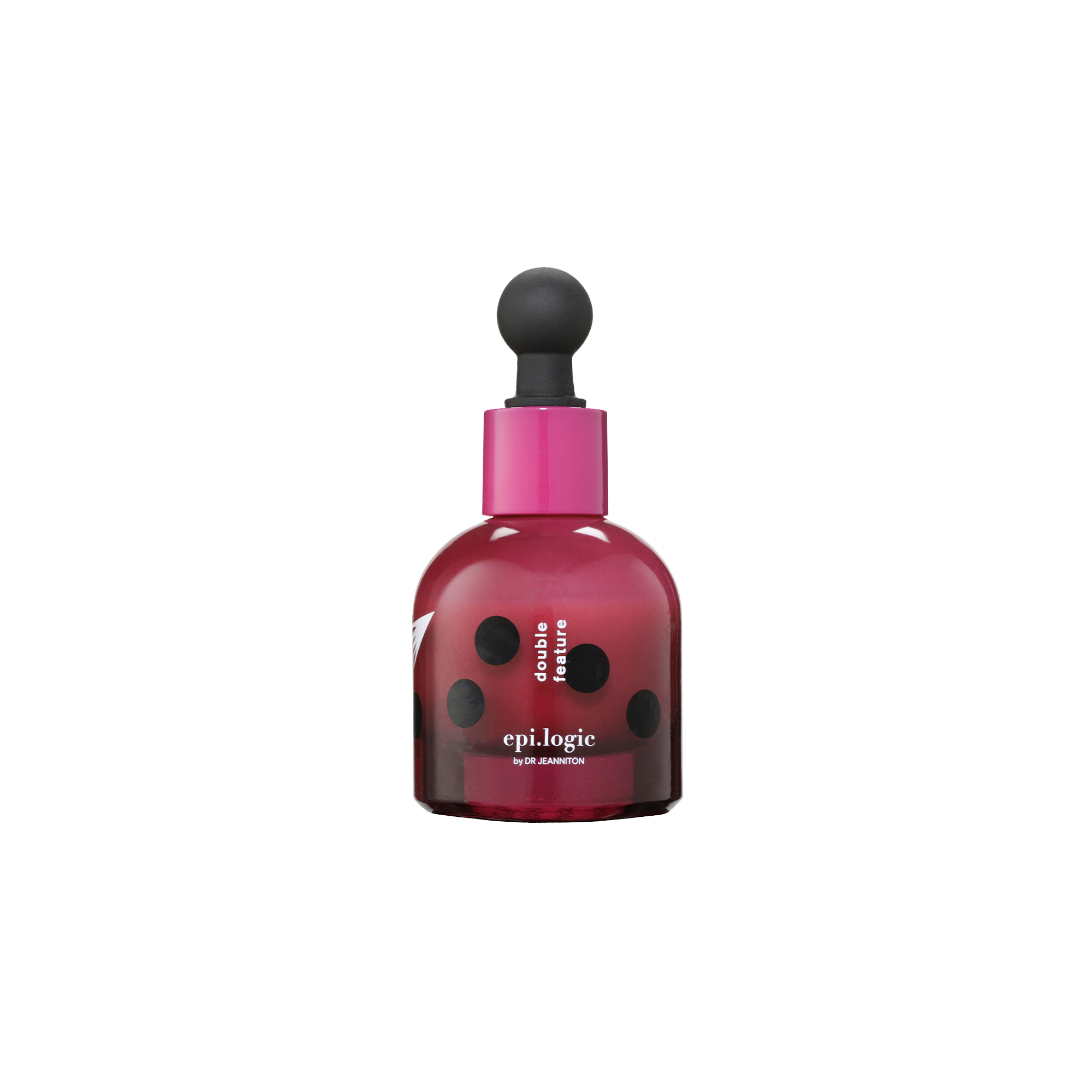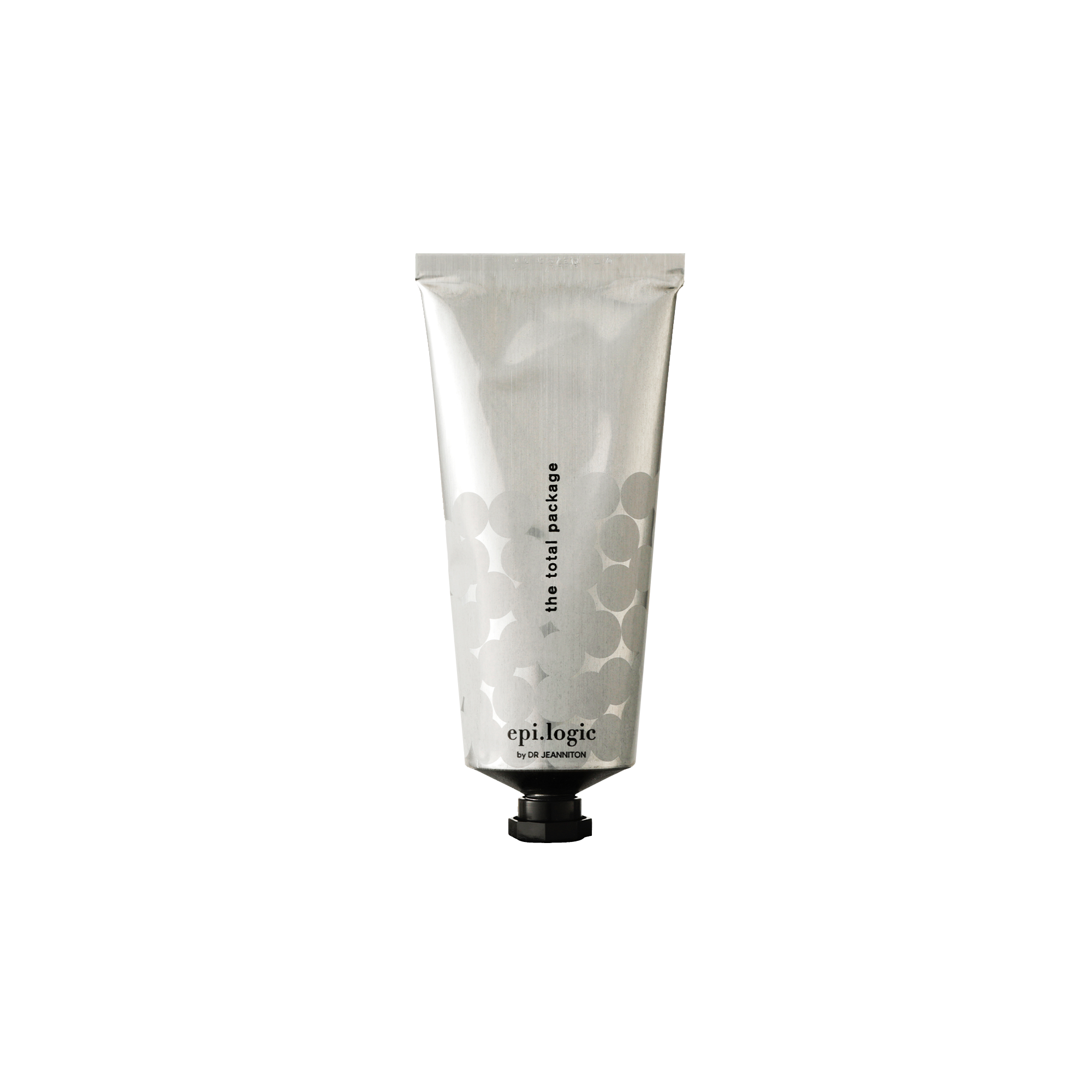Hi,
Before I jump in, I wanted to introduce myself in case we haven’t met—I’m Dr. Chaneve Jeanniton (or just Chaneve), founder of epi.logic skincare and a board-certified oculofacial plastic surgeon with a boutique practice in Brooklyn.
Because the dialogue with my patients informs so much of what I do and the skincare products we develop, I wanted to share my insights to help you cut through the noise so that you can make better, informed choices for your skin based on FACTS (not internet lore!). One of the top concerns I get approached with the most is hyperpigmentation. Whether it’s causes, treatment options or preventive measures—there are still so many misconceptions to debunk.
Today, I’ll start with the basics of what hyperpigmentation is, then dive into causes, prevention, and treatment the following weeks so stay tuned! Also, we rarely do this, but as a thank you for signing up for our e.book, you’ll receive a code for 20% off your next epi.logic purchase at the end. (As you may have guessed, most of our lineup is formulated to prevent and treat hyperpigmentation.)
If you have any feedback or follow-up questions for me—please don’t hesitate to reach out on social or email us at hello@epilogicskincare.com.
With Care,

What is hyperpigmentation?
Hyperpigmentation, melasma, sun spots… many of these terms often get used interchangeably when in fact, they aren’t quite the same thing. Not to get all teacher-y on you, but it’s important to have a clear understanding of the key terminology. In essence, hyperpigmentation is a common skin condition that occurs when melanocytes – the precious cells responsible for making the pigment for your skin, hair and eye color – are injured.

What are the types of hyperpigmentation and how do they show up?
Hyperpigmentation comes in many different forms – from pinpoint dark spots to larger, splotchy patches that contrast with the surrounding areas of skin. These can show up in varying shapes, sizes, and color intensities. Multiple causes are known, but inflammation, melasma, and sun exposure are the most common factors. Let’s get into it:
-
MELASMA

This type of hyperpigmentation is often characterized by almost symmetrical, grey-brownish patches. Melasma most frequently occurs on the face, particularly cheeks, forehead, or upper lip. Factors like pregnancy, hormonal changes, sun exposure and heat can trigger melasma. Spoiler alert: we’ll cover the causes in future parts of this series.
-
POST-INFLAMMATORY HYPERPIGMENTATION (PIH):

PIH can be the result of an injury or skin inflammation, leading to localized darkening of the skin. Acne, eczema, or even cuts trigger excess melanin production. This particularly affects darker skin tones.

-
SOLAR LENTIGINES (SUN SPOTS):

This type of hyperpigmentation is the result of UV exposure; it shows up as flat, brown spots. Also often referred to as ‘age spots’ because of their association with aging, solar lentigines predominantly occur in lighter skin tones.
Who is susceptible to hyperpigmentation?
Darker skin tones naturally possess more melanin, and therefore have greater resistance to UV-induced hyperpigmentation. On the flip side, the melanocytes, aka pigment producing cells, in those with darker skin tones are more primed to respond to injury by pumping out more melanin, which makes PIH more common for this group. Nonetheless, hyperpigmentation can affect anyone due to a variety of triggers, including oral medications (we’ll cover the triggers and causes in greater detail in next week’s feature!).
What are the symptoms of hyperpigmentation?
Hyperpigmentation is primarily noticeable because of the skin discolorations. Though not typically painful, these skin changes can have an impact on our emotional well-being and affect self-esteem.
How is hyperpigmentation diagnosed?
Dermatologists, plastic surgeons, aestheticians and other skin professionals often identify hyperpigmentation through visual examination and by reviewing a patient’s medical history. Other tools such as Wood's lamp examination or skin biopsies can help in identifying underlying causes.
Are there any risks or implications to hyperpigmentation?
Hyperpigmentation is usually benign, but in some instances, it can be a precursor or sign of skin cancer such as melanoma. Regular skin checks and consultations with your doctor or dermatologist are therefore essential.












